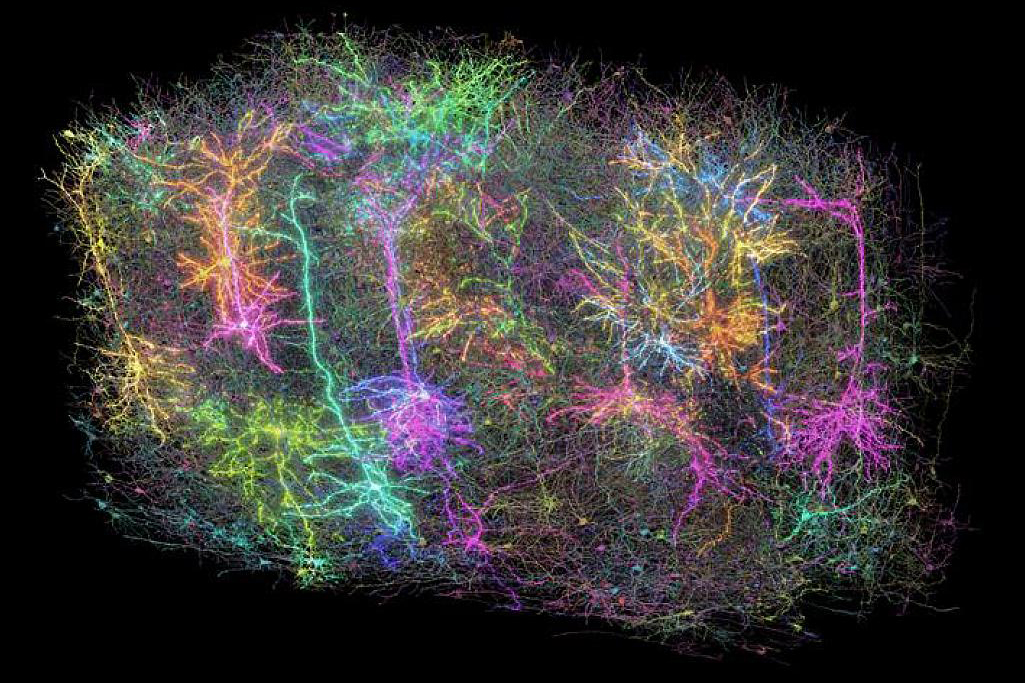The Role of 53BP1 and LC8 in DNA Repair Mechanisms Explained
In the intricate world of cellular biology, the repair of DNA is a vital process that ensures the stability and integrity of genetic information. Among the key players in this process is 53BP1, a protein that significantly influences the choice of mechanisms employed to repair double-strand breaks in DNA. Along with another important protein, BRCA1, 53BP1 is critical in the regulation and selection of repair strategies, helping cells to respond effectively to DNA damage.
New research highlights the function of 53BP1's oligomerization domain (OD) in guiding the localization of DNA repair factors to sites of DNA damage. This process is significantly influenced by its interaction with LC8, a hub protein that is known to dimerize over 100 different client proteins. In this study, scientists made a remarkable discovery: the OD of 53BP1 is actually a trimer, which is quite unusual among LC8 clients, as they typically form either dimers or tetramers.
This trimeric structure leads to the formation of a heterogeneous mixture of complexes when bound to the dimeric LC8. Remarkably, the most substantial complex identified in the study corresponds to a complex known as a dimer-of-trimers, which is bridged by three LC8 dimers. The research utilized advanced techniques such as analytical ultracentrifugation and isothermal titration calorimetry to reveal that only the second of the three LC8 recognition motifs is essential for establishing a stable bridged complex.
The stability of this bridged complex is intricately tuned by several factors: the multivalency of the interaction, the binding specificity of the second LC8 site, and the length of the linker that separates the LC8 binding domain and the OD of 53BP1. Intriguingly, experiments involving 53BP1 mutants that lack these bridged species demonstrated that these mutants do not significantly affect the formation of 53BP1 foci during human cell culture studies. This suggests that the primary function of LC8 is to facilitate the bridging of 53BP1 trimers, thereby enhancing the recruitment of 53BP1 to sites of DNA damage.
The implications of these findings could be far-reaching. By elucidating the mechanisms through which LC8 enhances the functionality and structural properties of 53BP1, researchers are beginning to understand how higher-order oligomers of 53BP1 can significantly improve the formation of 53BP1 foci in response to DNA damage. This research not only sheds light on the fundamental processes of DNA repair but also paves the way for future studies that could explore potential therapeutic interventions targeting these pathways.

















